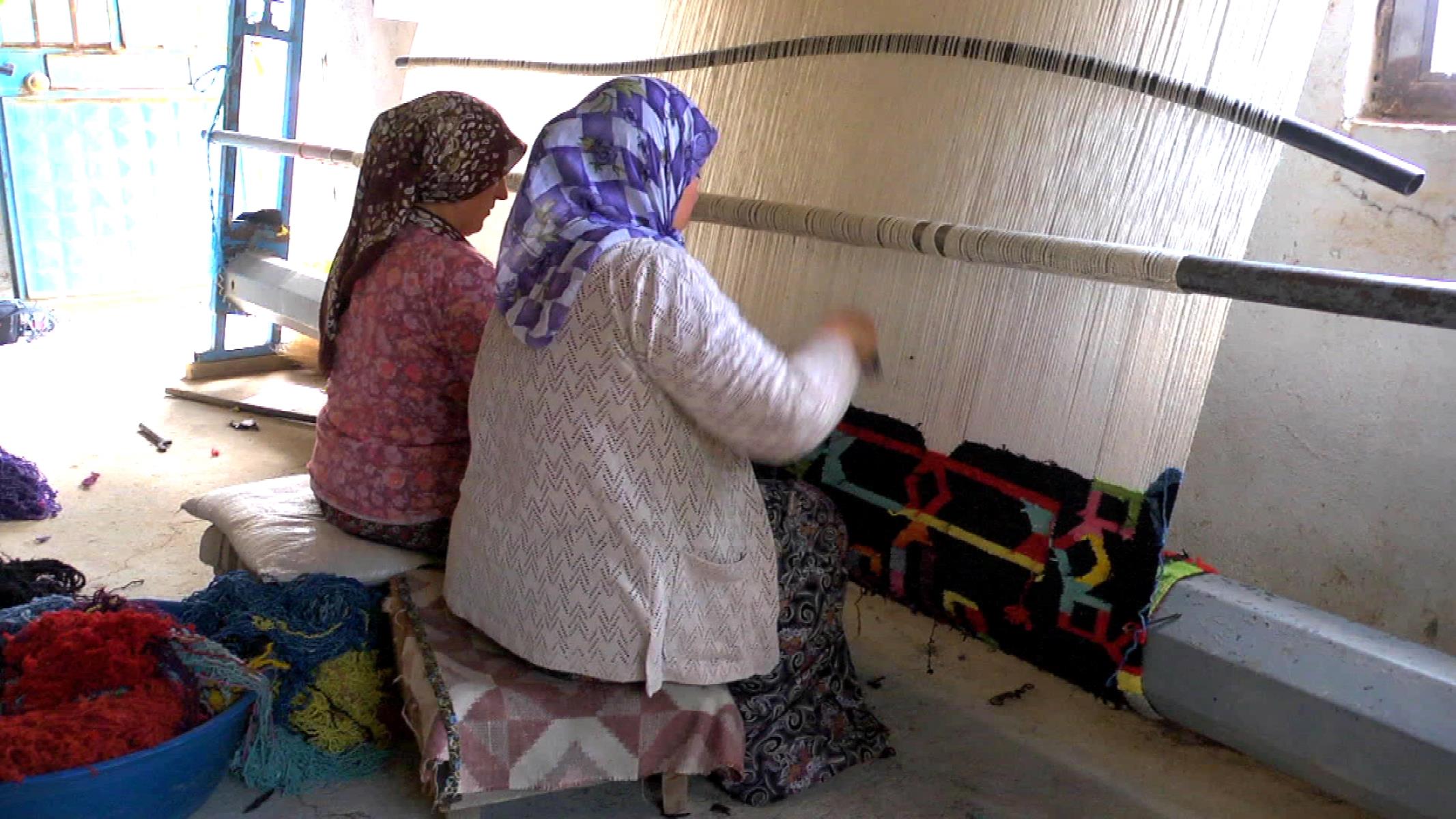

Articles
What Are Turkish Rugs Made Of
Modified: April 22, 2024
Discover the materials used in Turkish rugs with our informative articles. Learn about the craftsmanship and history behind these exquisite floor coverings.
(Many of the links in this article redirect to a specific reviewed product. Your purchase of these products through affiliate links helps to generate commission for Storables.com, at no extra cost. Learn more)
Introduction
Turkish rugs, with their rich cultural heritage and exquisite craftsmanship, have captivated people around the world for centuries. These rugs are not just decorative floor coverings; they are a masterpiece of art that tells a story of the Turkish people and their traditions. From the small villages of Anatolia to the bustling cities of Istanbul and Cappadocia, Turkish rugs have become synonymous with elegance, luxury, and beauty.
With their intricate designs, vibrant colors, and superior quality, Turkish rugs have gained a reputation as some of the finest rugs in the world. They are not only famous for their aesthetic appeal but also for the materials used in their construction and the techniques employed by skilled artisans to create them. In this article, we will explore the fascinating world of Turkish rugs, delving into the materials, weaving techniques, designs, care and maintenance, and authenticity factors that make them truly remarkable.
But before we dive into the details, let’s take a brief journey back in time to understand the historical significance of Turkish rugs.
Key Takeaways:
- Turkish rugs are a testament to the rich history and artistry of the Turkish people, featuring intricate designs, vibrant colors, and meticulous weaving techniques that have captivated people worldwide for centuries.
- Care and maintenance, as well as factors influencing pricing and authenticity, are crucial considerations when investing in a genuine Turkish rug, ensuring its longevity and preserving its cultural significance for generations to come.
Read more: What Are Kilim Rugs Made Of
History of Turkish Rugs
Turkish rugs have a rich history that stretches back thousands of years. The art of rug weaving in Anatolia, the region in present-day Turkey, can be traced as far back as the Bronze Age. From the Seljuk Empire to the Ottoman Empire, Turkish rugs have evolved and developed under the influence of different cultures and dynasties.
During the Seljuk period in the 11th to 13th centuries, Turkish rugs began to gain prominence as trade routes between the East and West opened up. These early rugs featured geometric patterns and symbols, reflecting the nomadic lifestyle of the Turkic tribes. They were primarily used for practical purposes such as insulation and protection from the elements.
However, it was during the Ottoman Empire, particularly in the 15th and 16th centuries, that Turkish rugs reached their pinnacle of artistry. The imperial workshops in cities like Istanbul and Konya became centers of excellence for rug production, attracting skilled artisans from various regions. These workshops produced exquisite rugs of unparalleled beauty, often commissioned by royalty and nobility.
The Ottoman era saw the rise of famous rug weaving centers such as Hereke, Ushak, and Konya, each contributing distinct styles to the art of Turkish rug making. Hereke rugs, known for their meticulous craftsmanship and intricate designs, were made exclusively for the Ottoman palace. Ushak rugs, on the other hand, featured bold floral motifs and rich colors, while Konya rugs showcased geometric patterns and tribal influences.
During the 19th century, Turkish rug weaving underwent a decline due to social, political, and economic changes. However, it experienced a renaissance in the early 20th century with the establishment of weaving schools and the revival of traditional techniques. Today, Turkish rugs continue to be cherished worldwide for their historical significance and artistic value.
Now that we have delved into the history of Turkish rugs, let’s explore the materials used in their construction.
Materials Used in Turkish Rugs
The quality and durability of Turkish rugs can be attributed to the careful selection of materials used in their construction. Skilled weavers make use of natural fibers such as wool, cotton, and silk to create these exquisite rugs.
Wool is the primary material used in most Turkish rugs. It is sourced from local sheep and is valued for its softness, durability, and ability to hold vibrant dyes. The wool is typically sheared, cleaned, and spun into yarn before being used in the weaving process. Different types of wool, such as highland or lowland wool, can be used depending on the desired texture and appearance of the rug.
Cotton is another common material used in Turkish rugs. It is typically used for the foundation or base of the rug, providing strength and stability. Cotton is also used for the fringe or tassels, which are hand-knotted and add an elegant finishing touch to the rug.
Silk, known for its luxurious and lustrous appearance, is used in some Turkish rugs to create intricate designs and highlight specific elements. Silk rugs are highly prized for their fine craftsmanship and delicate beauty. However, due to the labor-intensive process of silk production, silk rugs tend to be more expensive and less commonly found.
In addition to these main materials, Turkish rugs may also incorporate other natural fibers such as camel hair or goat hair for added texture and variation. These fibers can create unique and distinctive patterns and add depth to the overall design.
The selection of materials plays a crucial role in determining the overall quality and characteristics of the rug. Wool rugs are known for their durability, excellent insulation properties, and resistance to dirt and stains. Silk rugs, on the other hand, are prized for their luxurious feel, sheen, and intricate details. The combination of materials and the expertise of the weavers contribute to the enduring beauty of Turkish rugs.
Now that we understand the materials used, let’s delve into the traditional weaving techniques employed in the creation of Turkish rugs.
Traditional Weaving Techniques
The art of weaving Turkish rugs is a time-honored tradition that has been passed down from generation to generation. Skilled artisans employ various weaving techniques to create the intricate patterns and designs that make Turkish rugs truly unique.
One of the most common weaving techniques used in Turkish rugs is the “double knot” or “Gördes” knot. This method involves looping the yarn around two warp threads and then tying a knot to secure it. The double knot creates a sturdier and more durable rug, as it distributes the tension evenly across the entire surface.
Another widely used technique is the “Turkish knot” or “symmetrical knot.” This method involves wrapping the yarn around a single warp thread and then passing it under the adjacent warp thread. The yarn is then brought back up between the two warp threads and wrapped around the second warp thread. The symmetrical knot creates a more compact and tightly woven rug with a distinct diagonal pattern.
The combination of these knotting techniques allows weavers to create intricate and intricate designs, ranging from geometric patterns to floral motifs and symbolic motifs. The weaver’s skill and attention to detail are paramount in ensuring that every knot is placed correctly to maintain the integrity of the design.
Aside from the weaving techniques, Turkish rugs often feature a variety of finishes and embellishments to enhance their visual appeal. These can include hand-carved details, raised pile or pileless surfaces, and woven threads of different thicknesses. These additional elements give Turkish rugs their distinct texture and dimension.
It is important to note that the weaving process of a Turkish rug is a labor-intensive and time-consuming art form. It can take months or even years to complete a large, intricate rug, depending on its size and complexity. The dedication and skill of the weavers are evident in the impeccable craftsmanship of each rug.
Now that we have explored the traditional weaving techniques, let’s move on to the dyeing and coloring methods used in Turkish rugs.
Dyeing and Coloring Methods
The vibrant colors and rich hues of Turkish rugs are achieved through a meticulous and intricate dyeing process. Natural dyes, sourced from plants, minerals, and insects, are used to create the beautiful and long-lasting colors that adorn Turkish rugs.
One of the traditional methods of dyeing used in Turkish rug making is called “vegetable dyeing.” This method involves extracting color from various plant sources such as roots, leaves, bark, and flowers. Common plants used for dyeing include indigo, madder root, walnut shells, and onion skins. The plants are boiled to release their natural pigments, and the yarn is immersed in the dye bath to absorb the colors.
Another dyeing technique used is known as “mordant dyeing.” In this process, a mordant, which is a substance that helps the color bond to the yarn, is added to the dye bath. Common mordants include alum, iron, and copper. The mordant helps to enhance the color intensity and durability of the dye. Different mordants can result in varying shades and tones, allowing for a wide range of color possibilities.
Traditionally, Turkish rug weavers would experiment with different combinations of natural dyes to create unique color palettes. The mastery of color blending and dyeing techniques was an essential skill that distinguished skilled artisans.
With the advent of synthetic dyes in the late 19th century, some Turkish rug weavers began incorporating these dyes into their rugs. Synthetic dyes offered a wider range of colors and a quicker dyeing process. However, many rug enthusiasts and collectors highly value rugs created with natural dyes due to their authenticity and the unique patina that develops over time.
Regardless of the dyeing method used, the colors in Turkish rugs are carefully chosen and intricately woven to create harmonious designs. The use of natural dyes gives Turkish rugs their unique character and allows them to age gracefully, developing a beautiful patina over time.
Now that we have explored the dyeing and coloring methods, let’s move on to the popular designs and patterns found in Turkish rugs.
When looking for Turkish rugs, look for ones made of high-quality wool or silk for durability and a luxurious feel. Hand-knotted rugs are also a sign of superior craftsmanship.
Read more: What Are Oriental Rugs Made Of
Popular Designs and Patterns
Turkish rugs are renowned for their diverse and intricate designs, each with its own unique story and symbolism. These designs often reflect the cultural, historical, and artistic influences of the regions from which they originate. Here are some of the popular designs and patterns commonly found in Turkish rugs.
1. Geometric Patterns: Geometric designs are a hallmark of Turkish rugs, showcasing a variety of shapes such as diamonds, hexagons, triangles, and stars. These patterns often represent elements of nature, celestial bodies, or symbolic meanings that hold significance in Turkish culture.
2. Medallion Designs: Medallions are central motifs that form the focal point of the rug. They can be circular, oval, or polygonal in shape and are often surrounded by intricate borders and intricate motifs. Medallion designs are widely used in various Turkish rug styles.
3. Floral Motifs: Turkish rugs are famous for their intricate and beautifully rendered floral motifs. These designs feature delicate and lifelike depictions of flowers, leaves, and vines. Common floral elements include roses, tulips, carnations, and lotus blossoms. Floral patterns symbolize beauty, fertility, and harmony.
4. Tribal Designs: Turkish rugs influenced by tribal cultures often feature bold and dynamic designs. These rugs often incorporate geometric motifs, animal symbols, and tribal emblems. Tribal designs showcase the nomadic heritage and the connection to nature and ancestral traditions.
5. Prayer Rugs: Prayer rugs hold religious significance and are designed with a specific purpose in mind. These rugs feature an arch-shaped niche, known as a mihrab, which indicates the direction of Mecca for Muslim prayer. Prayer rugs often include intricate patterns and symbols to enhance spiritual focus and devotion.
6. Kilim Rugs: Kilims are flat-woven rugs that are lightweight and versatile. They are known for their bold geometric designs and vibrant colors. Kilims are woven using a technique called interlocking weft, which creates a flat surface without knots. These rugs are often used as decorative coverings or as wall hangings.
These are just a few examples of the many designs and patterns found in Turkish rugs. The versatility and creativity of Turkish artisans are evident in the vast array of designs that have stood the test of time.
Now that we have explored the popular designs and patterns, let’s move on to understanding the care and maintenance of Turkish rugs.
Care and Maintenance of Turkish Rugs
Turkish rugs are not only exquisite works of art but also valuable investments that require proper care and maintenance to preserve their beauty and quality. Here are some essential tips for caring for and maintaining your Turkish rug:
1. Regular Vacuuming: Regular vacuuming is crucial to remove dirt, dust, and debris that can accumulate on the surface of the rug. Use a low-power vacuum with a brush attachment to gently suction the rug in the direction of the pile, avoiding any fringes or tassels.
2. Rotate the Rug: To ensure even wear and prevent excessive fading or wear in certain areas, rotate your Turkish rug every few months. This will help distribute foot traffic and sunlight exposure more evenly across the rug.
3. Avoid Direct Sunlight: Turkish rugs are susceptible to sun damage, which can cause colors to fade and fibers to weaken over time. To protect your rug, it is best to place it away from direct sunlight or use curtains or blinds to filter the intensity of sunlight.
4. Professional Cleaning: While regular vacuuming helps maintain cleanliness, it is essential to have your Turkish rug professionally cleaned every few years. Professional cleaners use specialized techniques and equipment to deep clean the rug without causing damage or color fading.
5. Blot Stains Immediately: Accidents happen, and if your Turkish rug encounters spills or stains, it is crucial to act quickly. Use a clean cloth or paper towel to blot the stain gently, avoiding rubbing or scrubbing, as this can push the stain deeper into the fibers. Consult a professional cleaner for stubborn stains.
6. Avoid Heavy Furniture: Placing heavy furniture directly on your Turkish rug can create indentations and put strain on the fibers. Use furniture pads or rugs under heavy items to distribute the weight and protect the rug.
7. Handle with Care: When moving or storing your Turkish rug, handle it with care to prevent unnecessary stress or damage. Roll the rug with the pile facing inward and avoid folding or creasing it.
By following these care and maintenance tips, you can ensure that your Turkish rug remains in excellent condition for years to come.
Now that we have covered care and maintenance, let’s explore factors related to pricing and authenticity that are important to consider when purchasing a Turkish rug.
Pricing and Authenticity Factors
When it comes to purchasing a Turkish rug, several factors can influence its pricing and authenticity. Understanding these factors can help you make an informed decision and ensure that you are investing in a genuine Turkish rug of high quality. Here are some key considerations:
1. Materials and Craftsmanship: The quality of materials used and the level of craftsmanship directly affect the price of a Turkish rug. Handmade rugs crafted with fine wool, silk, or a combination of natural fibers tend to be more expensive due to the labor-intensive process and superior quality.
2. Knot Density and Size: The number of knots per square inch, also known as knot density, can impact the price of a Turkish rug. The higher the knot density, the more intricate and detailed the design, resulting in a higher price. Similarly, larger-sized rugs generally command higher prices due to the larger amount of material used and the time required to weave them.
3. Age and Condition: Antique or vintage Turkish rugs, especially those in good condition, are highly sought after and can command higher prices. The rarity, historical significance, and overall condition of the rug can influence its value in the market.
4. Design Rarity: Certain designs or patterns that are considered rare or highly sought after can significantly impact the price of a Turkish rug. Unique and intricate designs that showcase regional or tribal influences may be more valuable due to their exclusivity.
5. Traditional Techniques: Turkish rugs woven using traditional techniques passed down through generations are often more valuable. The intricate weaving methods, such as the double knot or Turkish knot, and the use of natural dyes enhance the authenticity and value of the rug.
6. Reputation and Certification: Buying from reputable rug dealers or sellers who can provide certification of authenticity can give you peace of mind that you are purchasing a genuine Turkish rug. Look for sellers who are knowledgeable about the rugs and can provide detailed information about the rug’s origin, materials used, and weaving techniques.
It’s important to note that while authentic Turkish rugs may come at a higher price, they are an investment that can last for generations and retain their value. It is worth considering the craftsmanship, cultural significance, and timeless beauty that Turkish rugs offer.
Now that we have explored pricing and authenticity factors, let’s conclude our journey through the world of Turkish rugs.
Conclusion
Turkish rugs are not just ordinary floor coverings; they are exquisite works of art that embody the rich cultural heritage and craftsmanship of the Turkish people. With their intricate designs, vibrant colors, and meticulous weaving techniques, Turkish rugs have captured the hearts of people worldwide.
Through our exploration, we have learned about the history of Turkish rugs, dating back to ancient times and flourishing during the Ottoman Empire. We have discovered the materials used in their construction, such as high-quality wool, cotton, and silk, which contribute to their durability and beauty.
We have also delved into the traditional weaving techniques employed by skilled artisans, including the double knot and Turkish knot, which create the intricate patterns and designs that Turkish rugs are famous for. Additionally, we have explored the dyeing and coloring methods, where natural materials are used to achieve the vibrant and long-lasting colors.
By understanding the popular designs and patterns found in Turkish rugs, from geometric motifs to floral designs and tribal influences, we can appreciate the artistic expression and symbolism woven into each rug.
Furthermore, we have discussed the importance of caring for and maintaining Turkish rugs, ensuring their longevity and preserving their beauty for years to come. Proper care, regular vacuuming, and professional cleaning are crucial to keep these rugs in excellent condition.
Lastly, we have touched upon the factors that contribute to the pricing and authenticity of Turkish rugs, such as the materials used, knot density, age, and design rarity. Investing in a genuine Turkish rug from a reputable seller can provide you with a valuable and treasured piece of art.
In conclusion, Turkish rugs encapsulate the history, artistry, and cultural identity of the Turkish people. They are not merely decorative pieces but extraordinary expressions of craftsmanship and tradition. Whether you appreciate their beauty on your floors or showcase them as works of art on your walls, Turkish rugs are sure to enhance any space with their timeless elegance.
So, let the allure of Turkish rugs transport you to a world of beauty, tradition, and stories woven within each delicate thread.
Frequently Asked Questions about What Are Turkish Rugs Made Of
Was this page helpful?
At Storables.com, we guarantee accurate and reliable information. Our content, validated by Expert Board Contributors, is crafted following stringent Editorial Policies. We're committed to providing you with well-researched, expert-backed insights for all your informational needs.
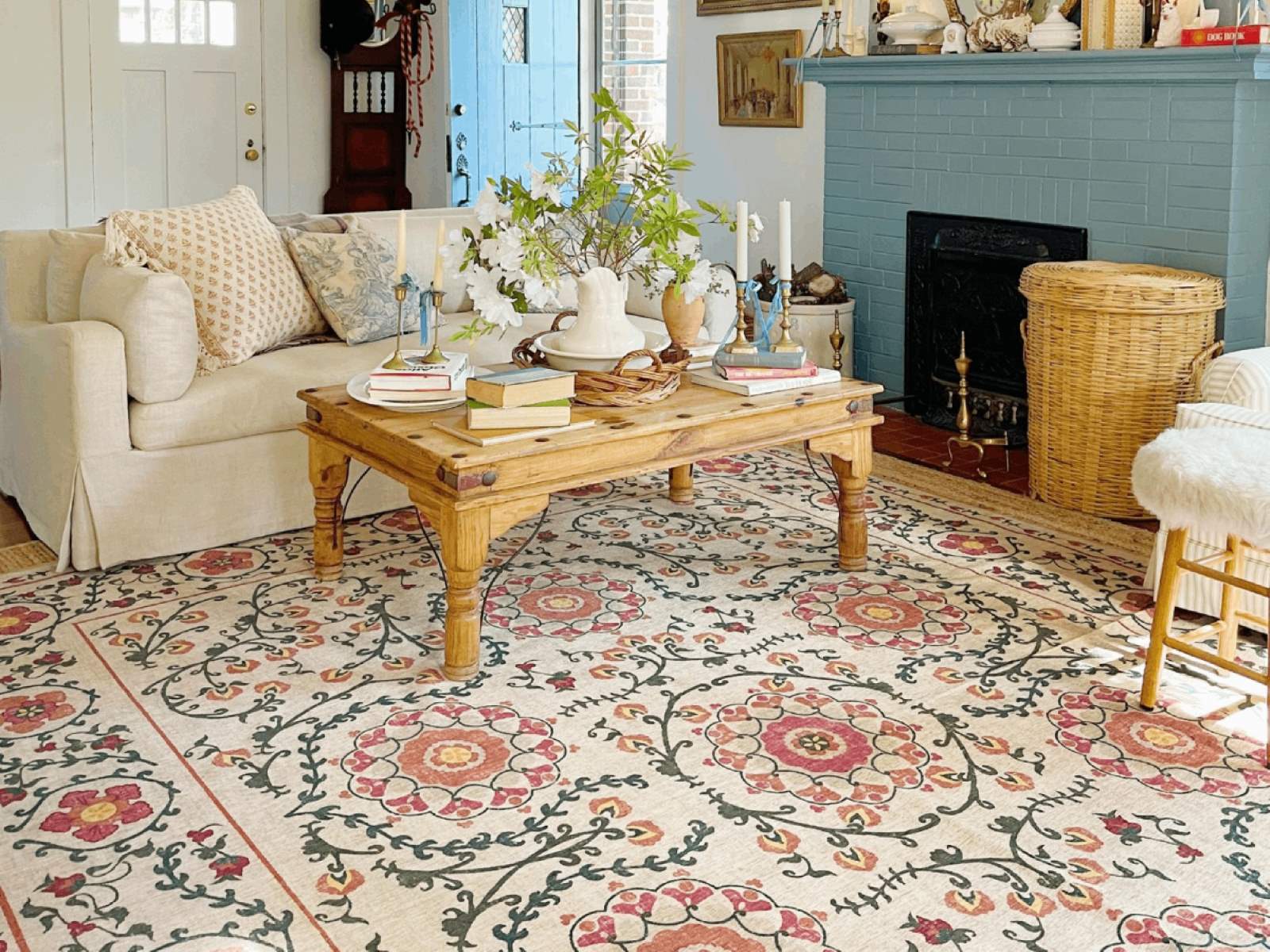
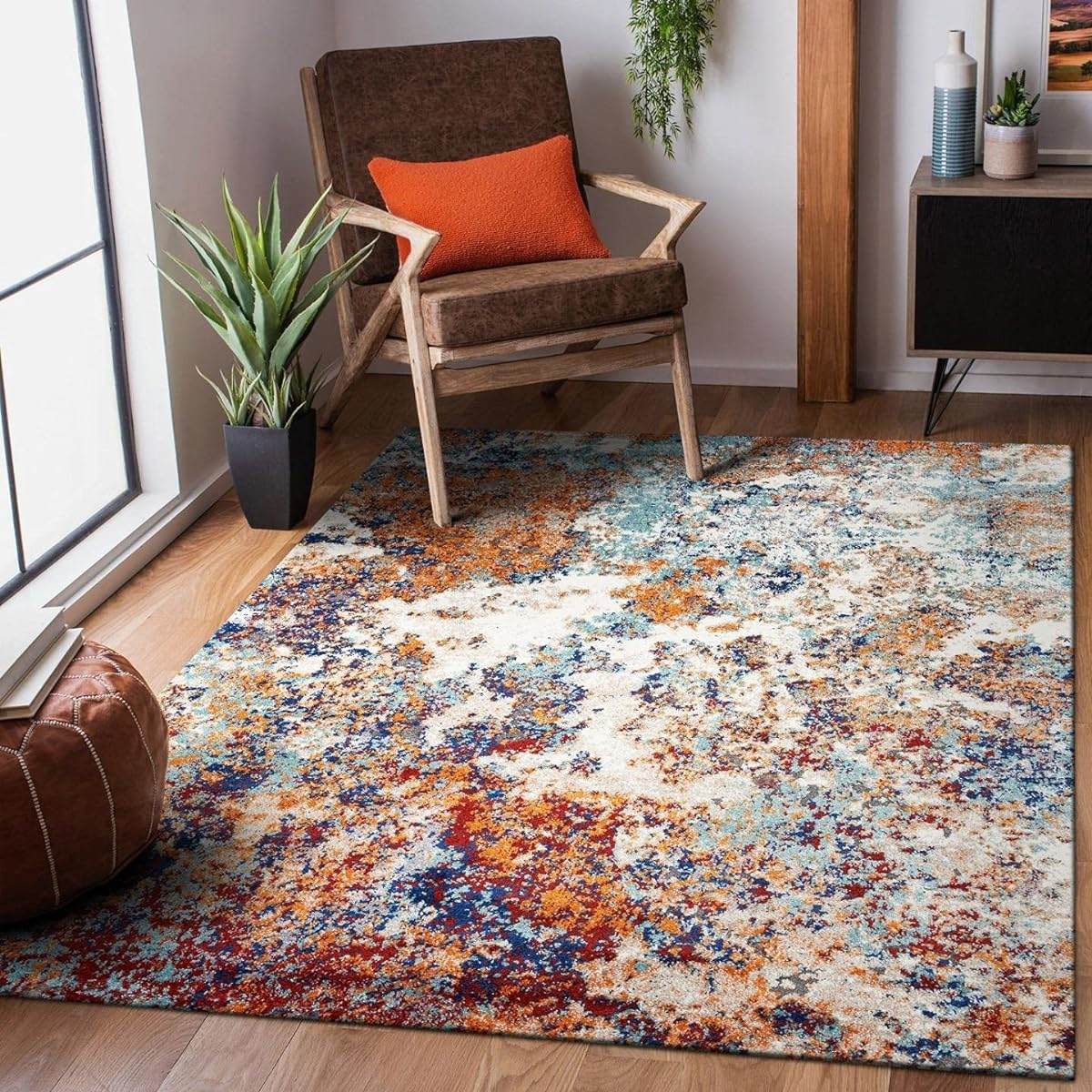
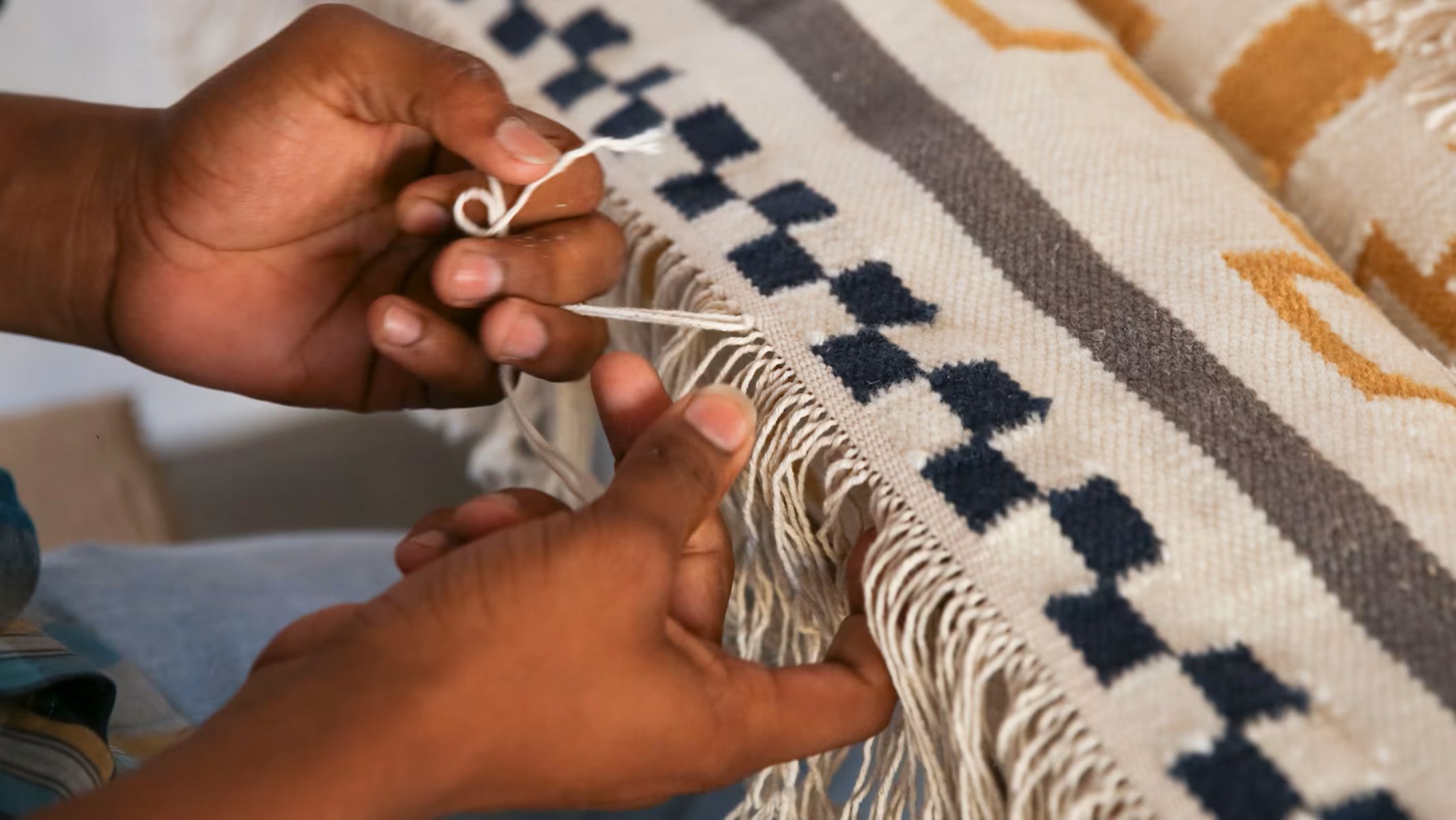
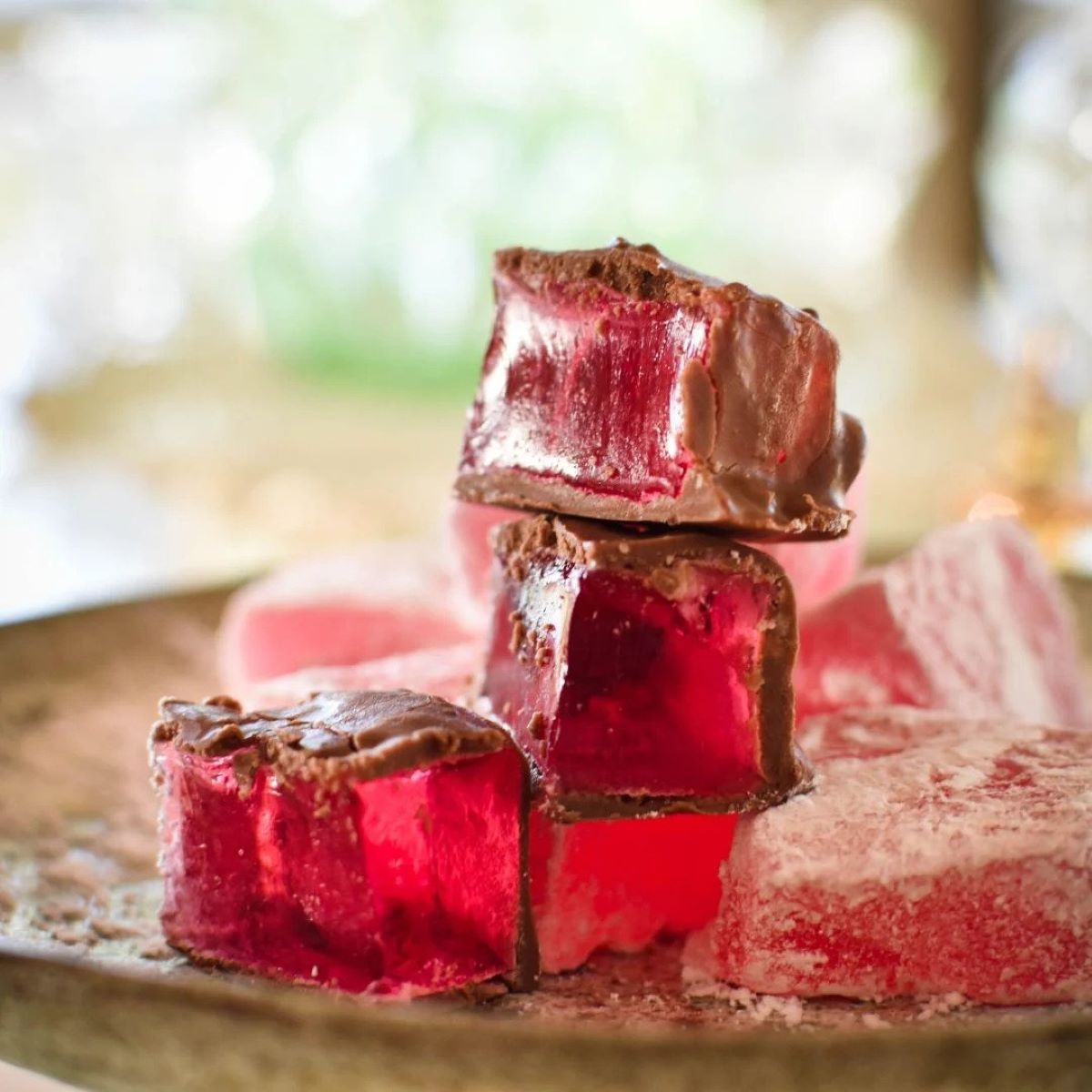
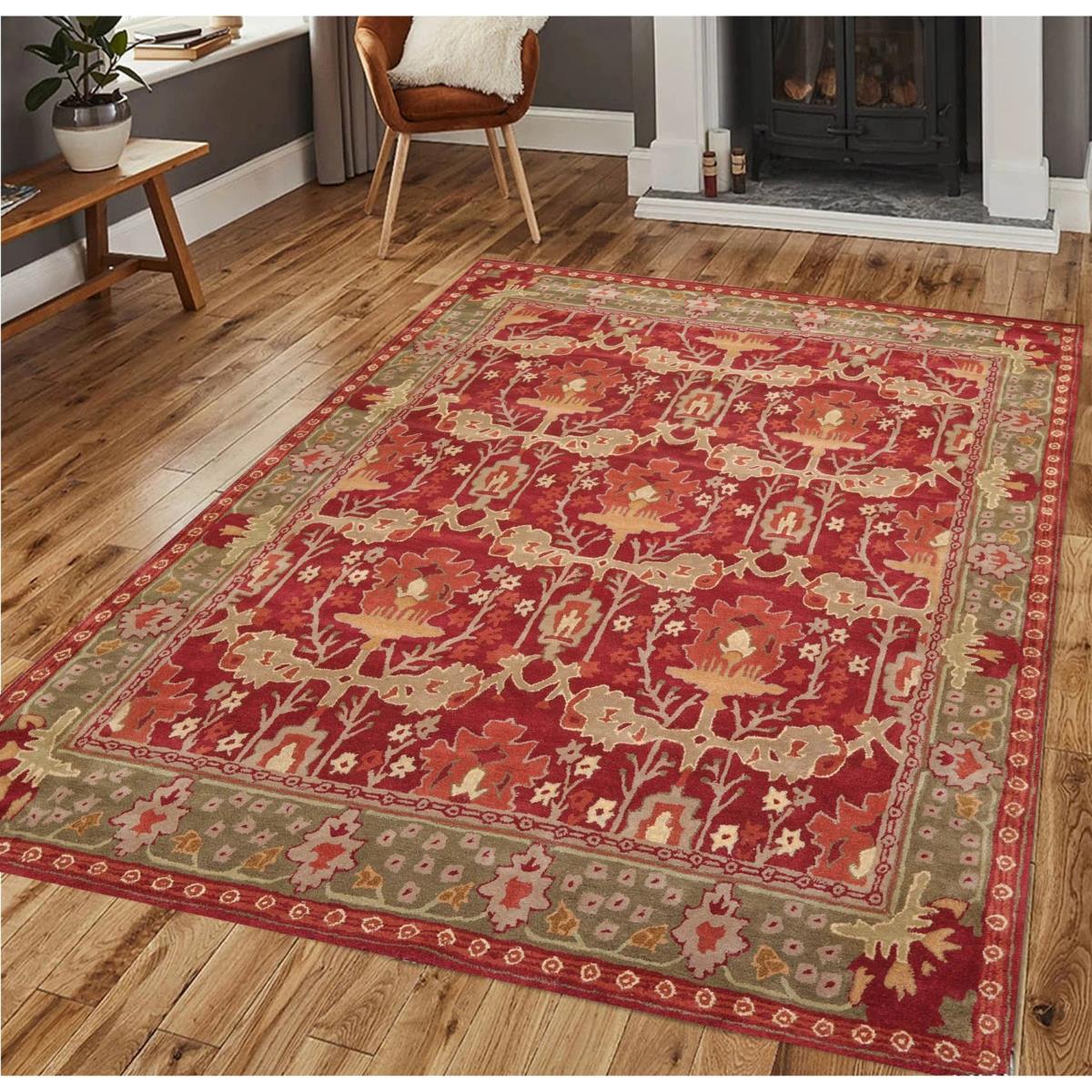
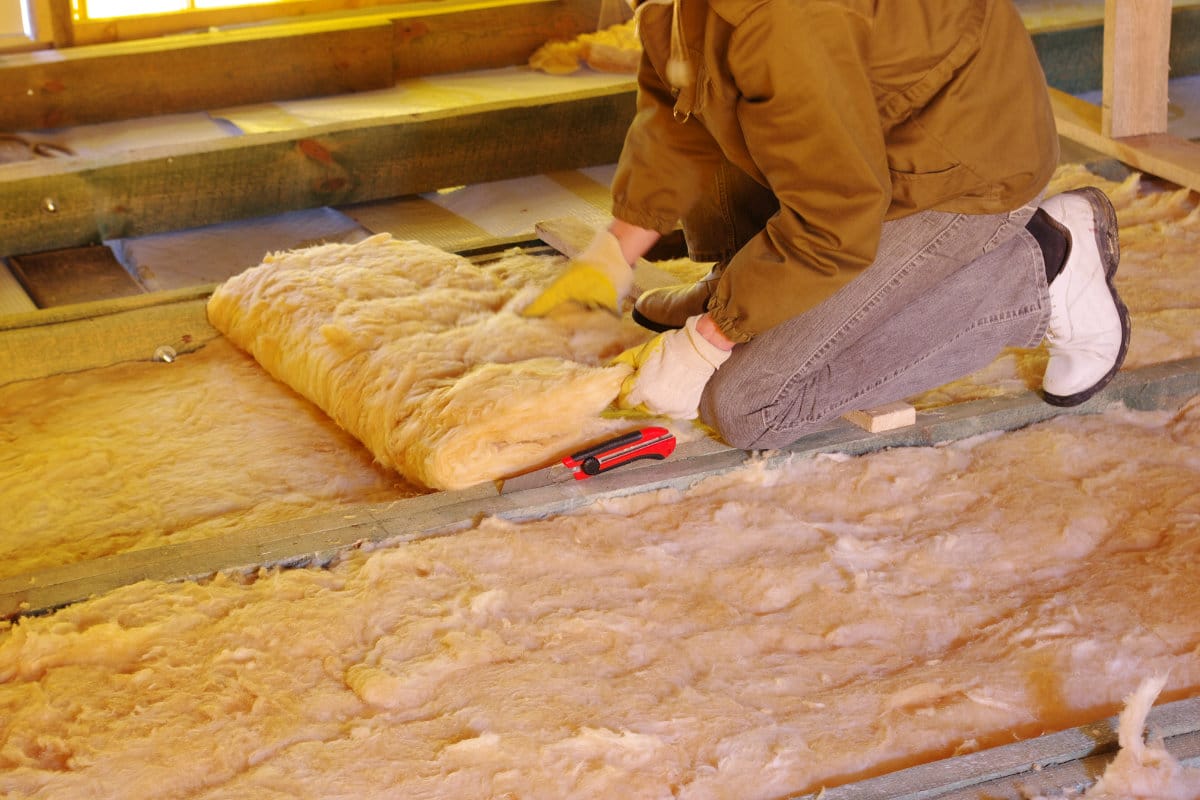


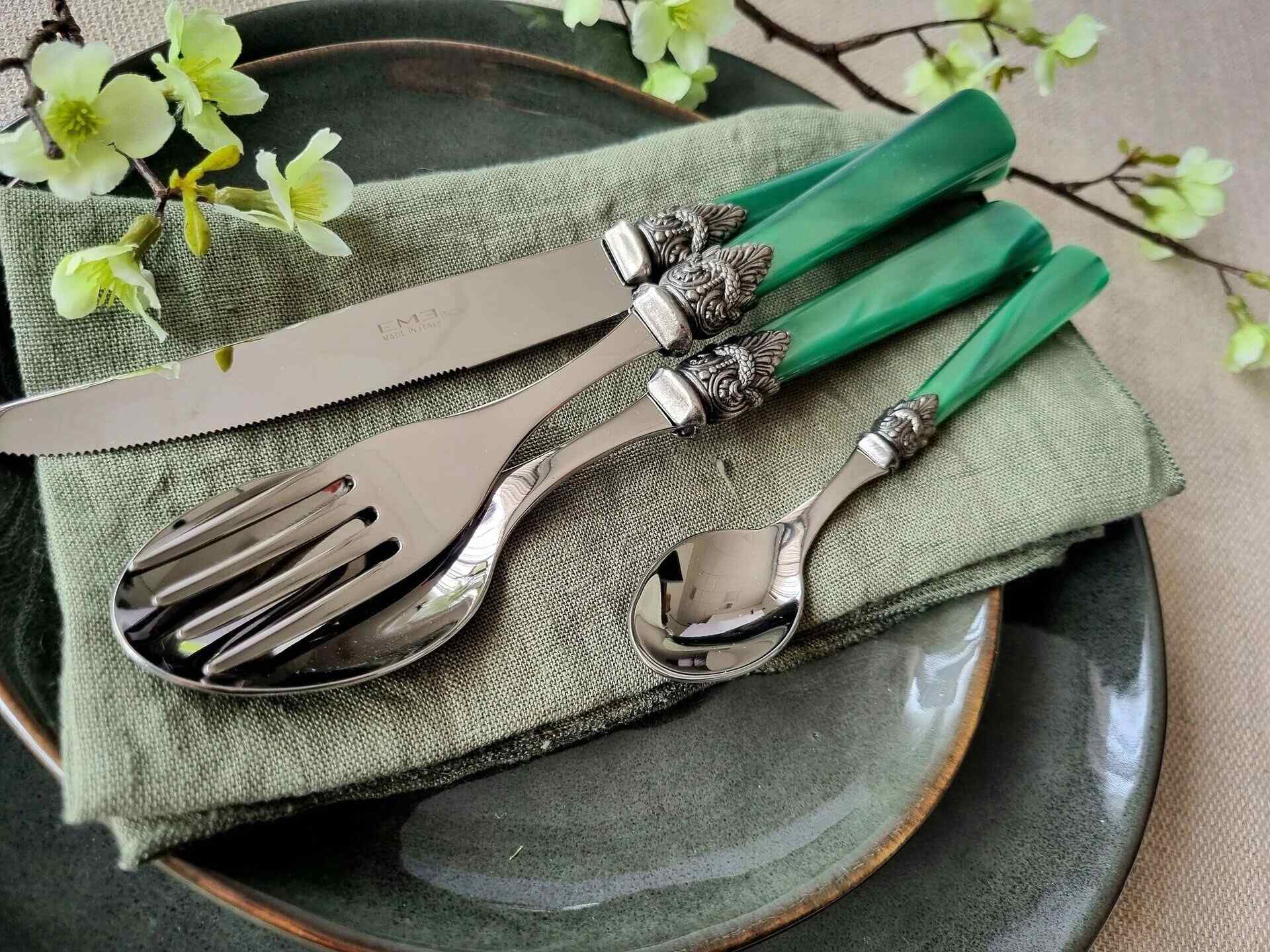
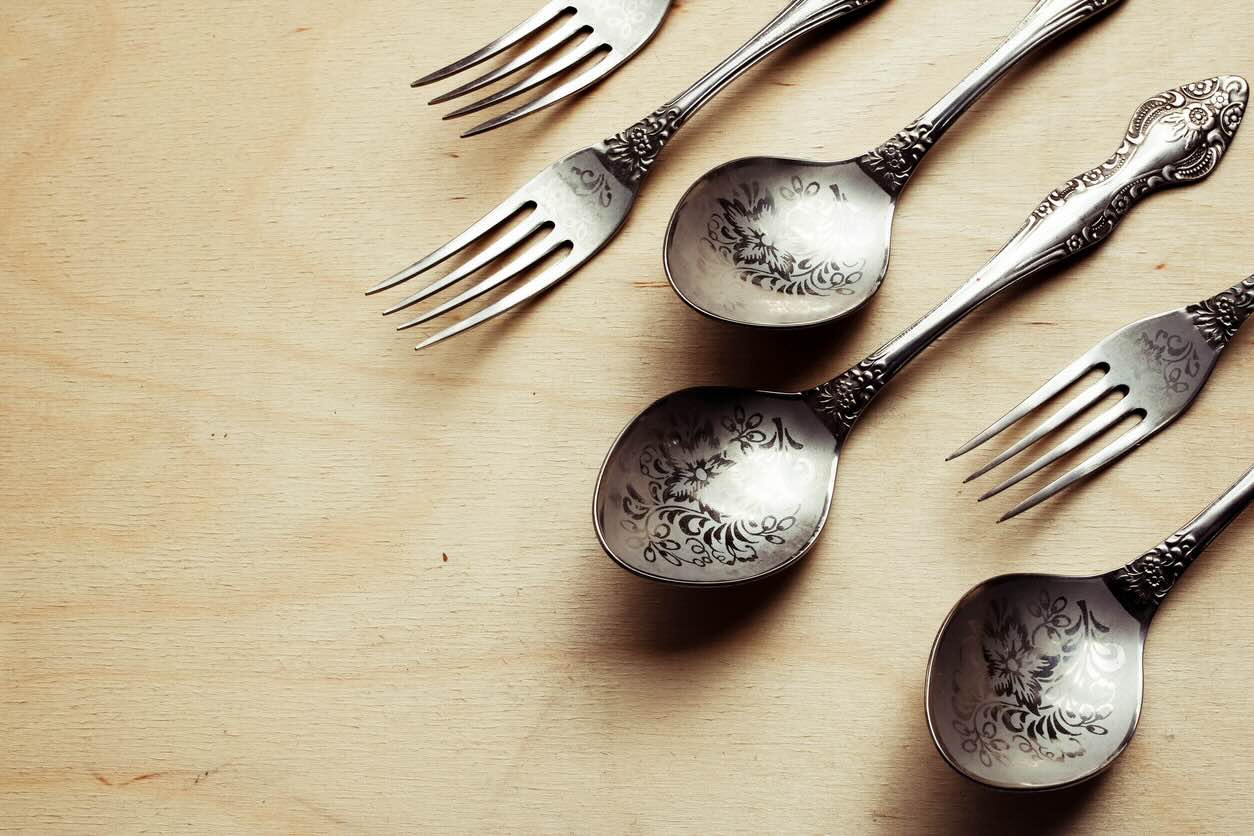
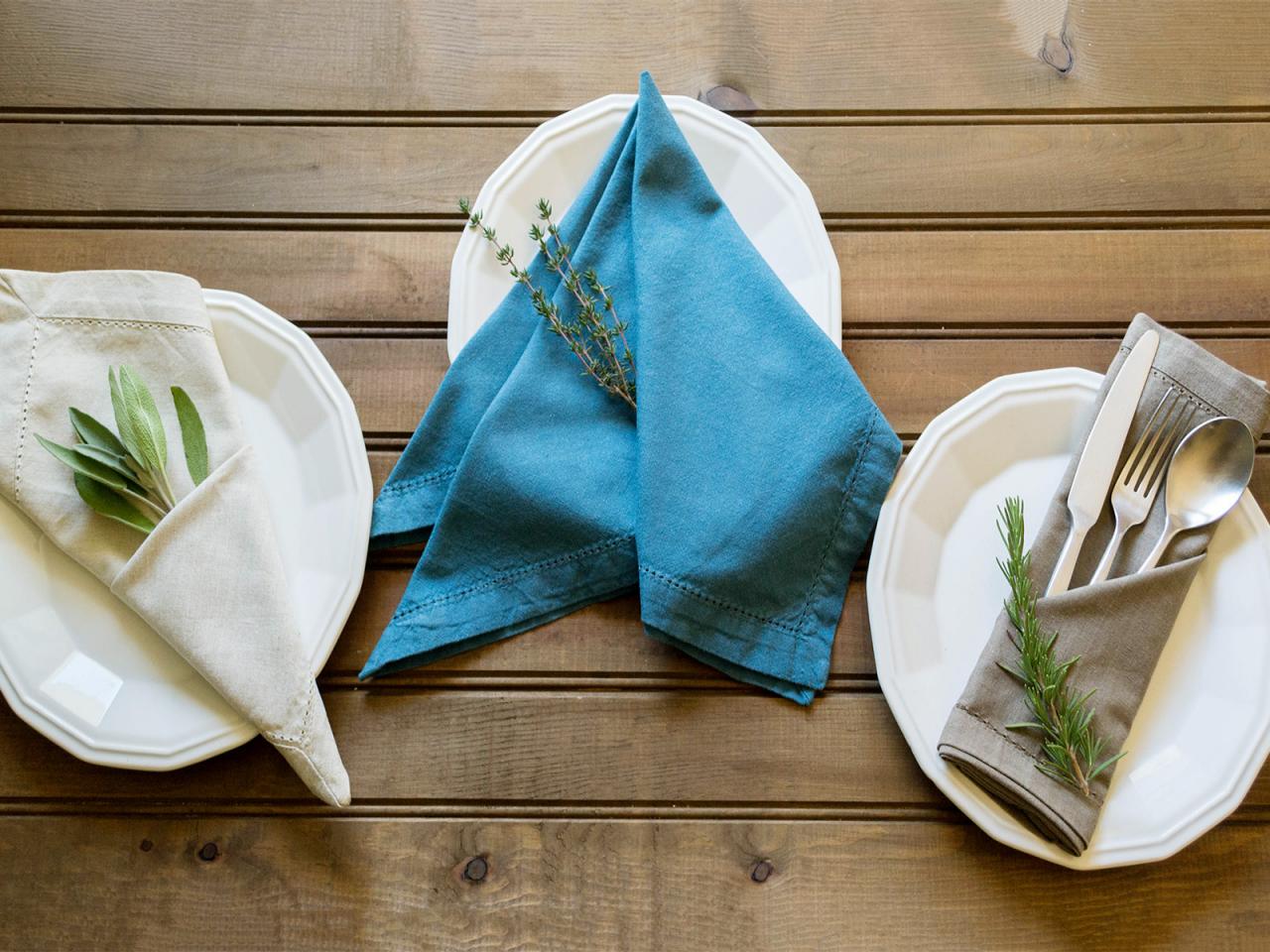


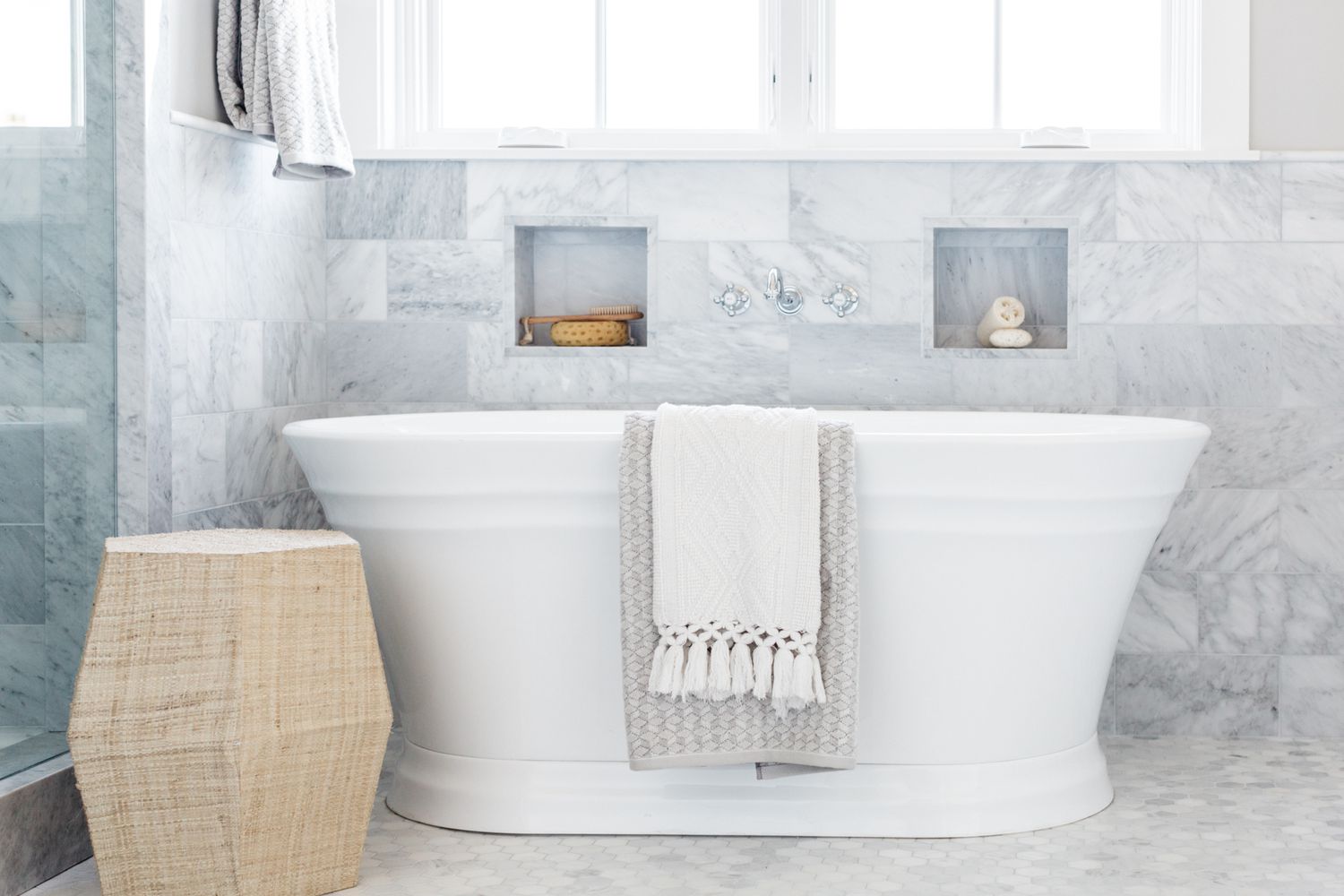

0 thoughts on “What Are Turkish Rugs Made Of”